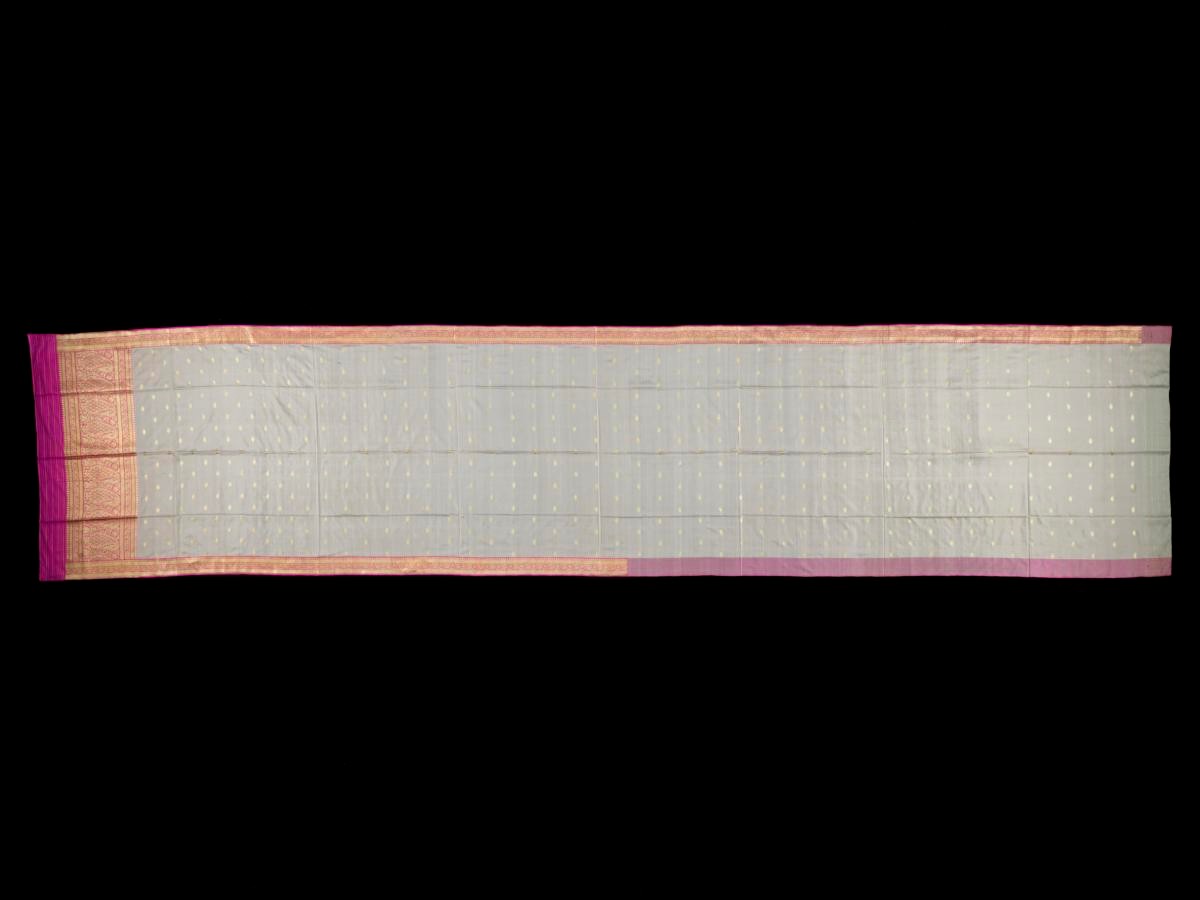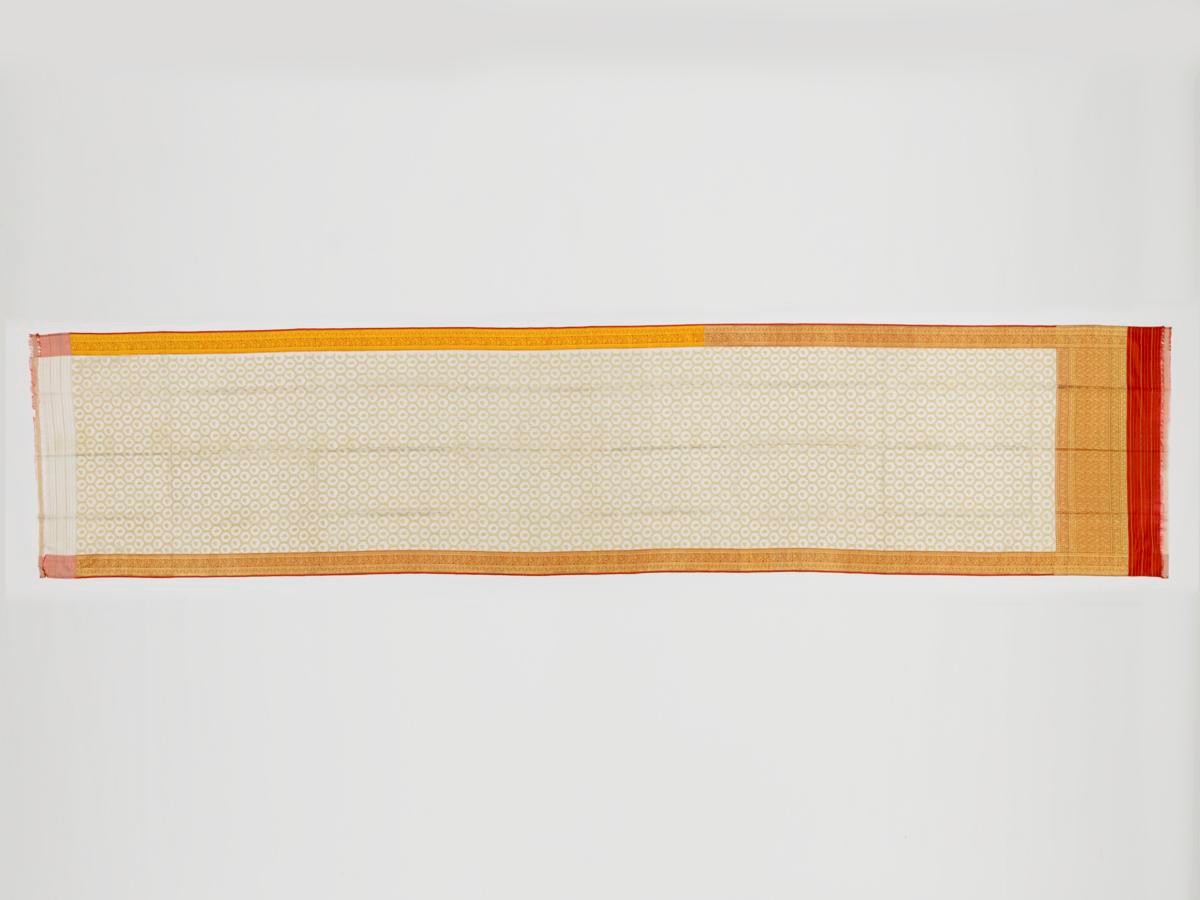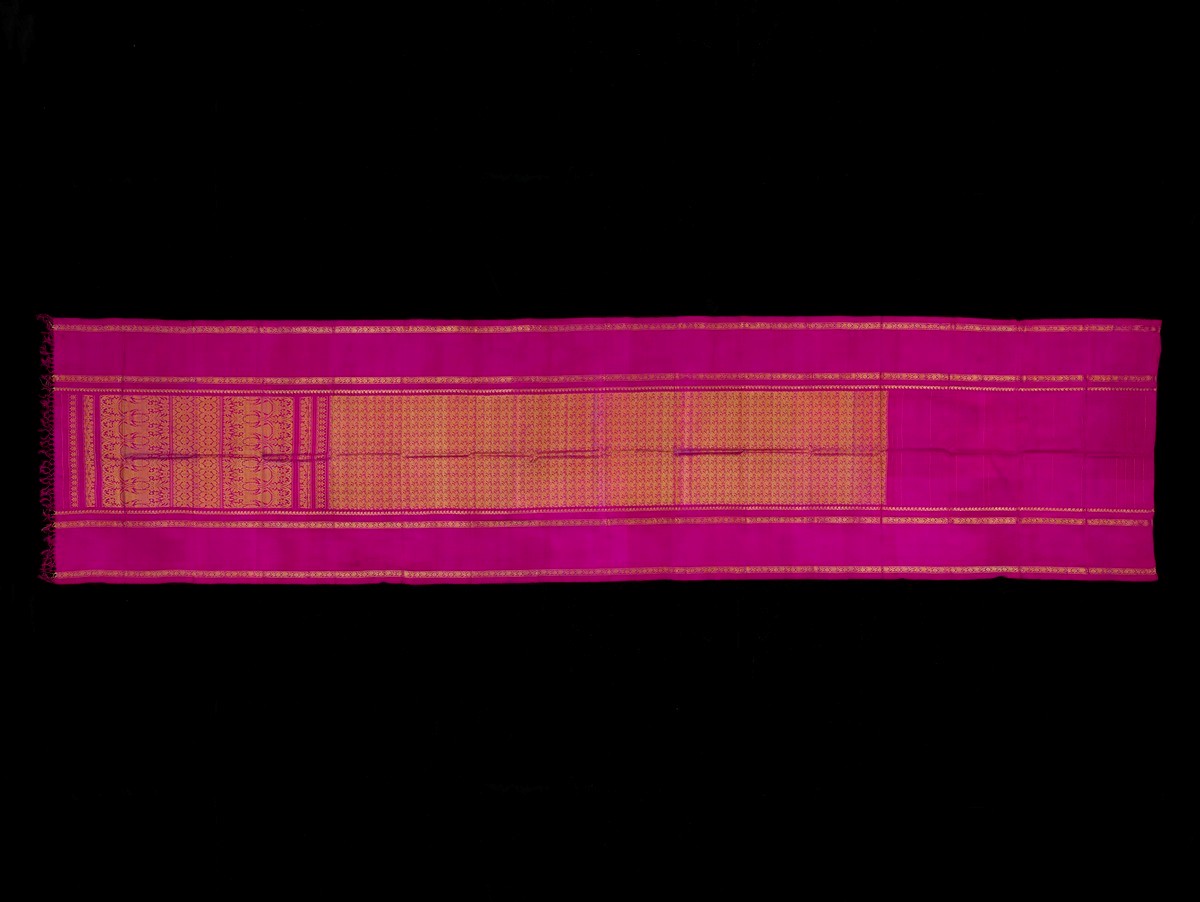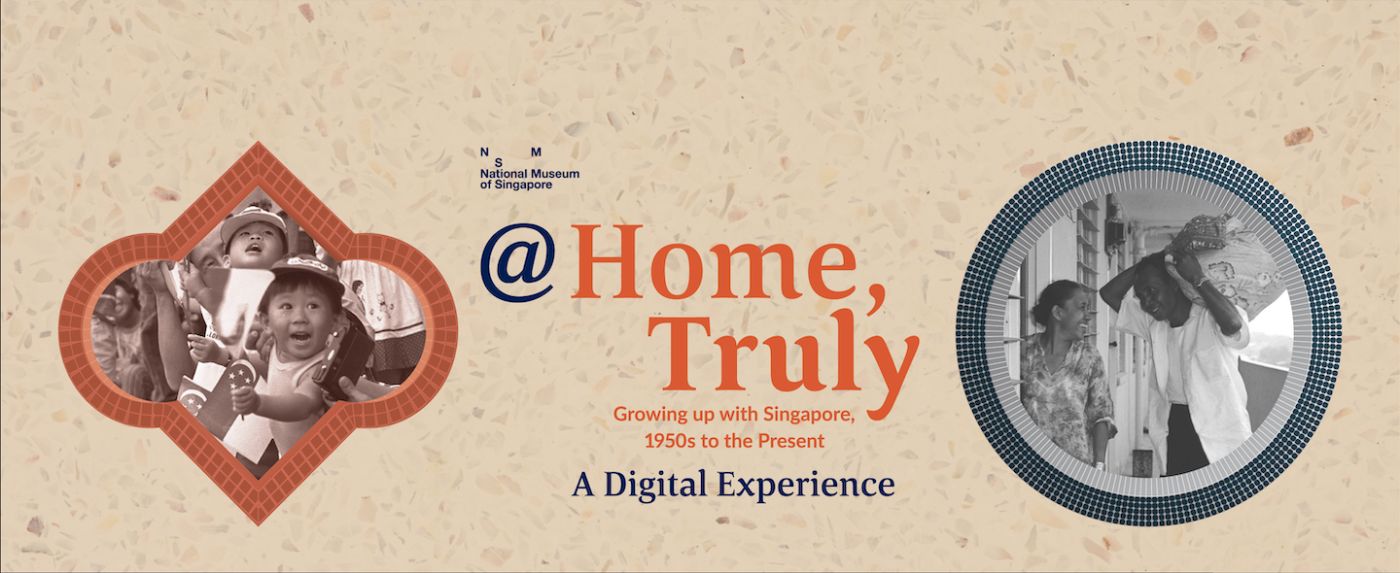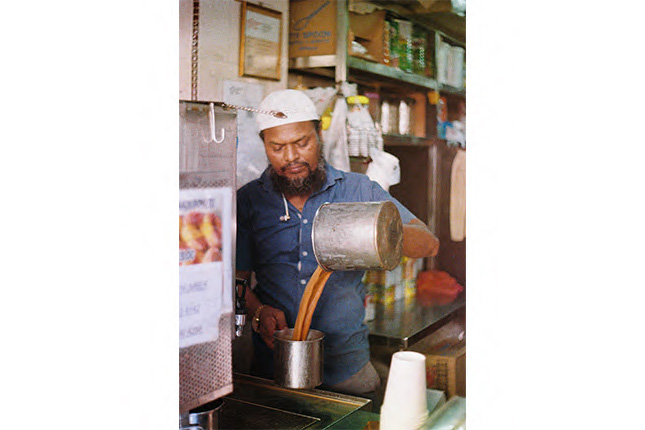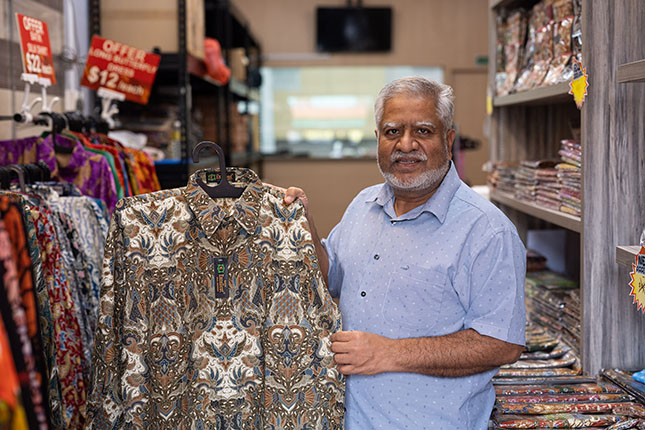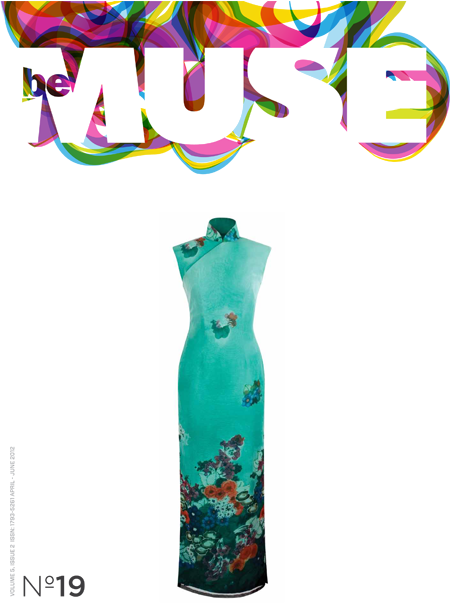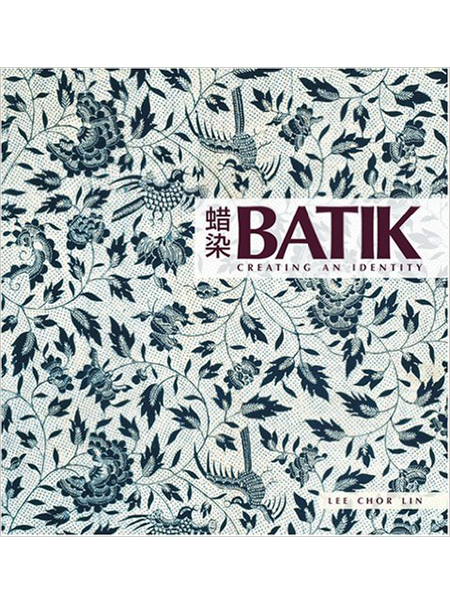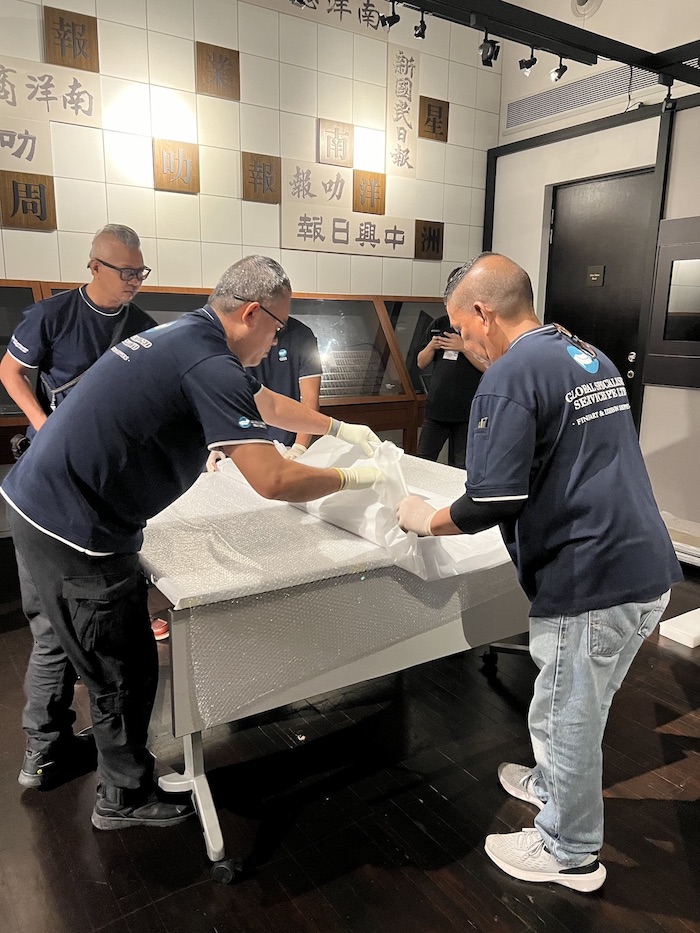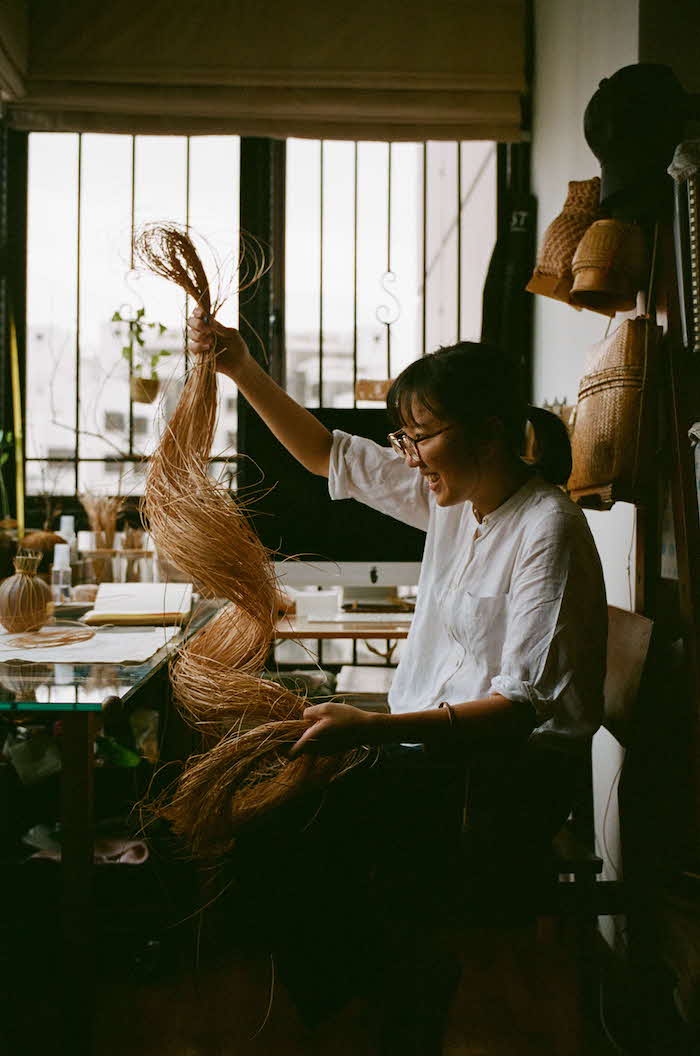Banarasi saris are traditionally made in Banaras (present day Varanasi) in Uttar Pradesh. They are finely woven silk featuring intricate designs in gold and silver zari of Mughal-inspired design elements such as intricate floral and foliate motifs, and a series of upright leaves on the border. Silk weaving was introduced to Banaras in 1603 when weavers from Gujarat migrated there because of famine. The city of Banaras became a prominent centre for silk production and weaving, mostly due to the patronage of Emperor Akbar (r. 1556-1605). Banarasi weaving reached a height of excellence during the 18th and 19th centuries. Banarasi saris are one of the most expensive saris in India and can take up to six months to complete. A genuine Banarasi sari can be identified by looking at the reverse side of the sari; authentic Banarasi saris have floats between the grids of warp and weft, which are only present in hand-woven saris. Machine-woven saris have a smooth finish. From the collection of Minaldevi Mahadevia Daftary (1939-2015). Minal was born in Ahmedabad, Gujarat, and her family were co-founders of one of India's most prolific textile manufacturers, the Mafatlal Industries. Minal was a celebrated dancer, especially in three classical dance forms - Bharatnatyam, Kuchipudi and Kathakali from the 1950s to 1970s, and she travelled and performed across India. She loved textiles and clothes and purchased the best examples of saris from famous weaving centres to form an extensive and important collection. Minal wore her Banarasi saris when she represented India as a cultural ambassador abroad.





